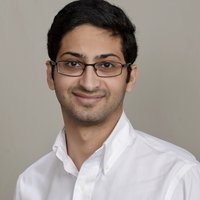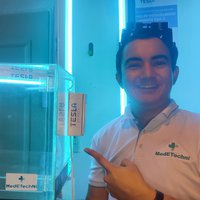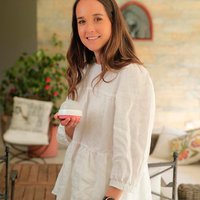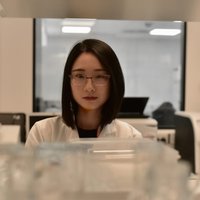Biotechnology & medicine
Chun SO
Proposing a new molecular mechanism in therapeutic strategy that can be implemented in fertility clinics.

MENA
Fahd Al Qureshah
A novel requirement for PI3Kδ signaling in plasma cell survival via regulating autophagy and ER function.

Latin America
Kevin Chamorro
Preventing hospital infections and disinfecting patients with ultraviolet light and the Internet of Things.

Latin America
Josefa Cortés
Her device trains breast self-examination in young women while showering for early detection of cancer.

Europe
Yuling Xie
Postdoctoral Researcher in FREIA project, Queen’s University of Belfast
